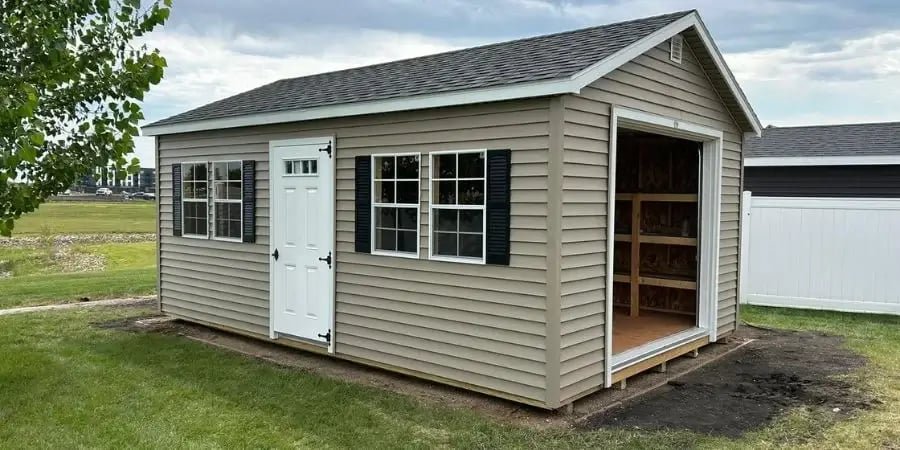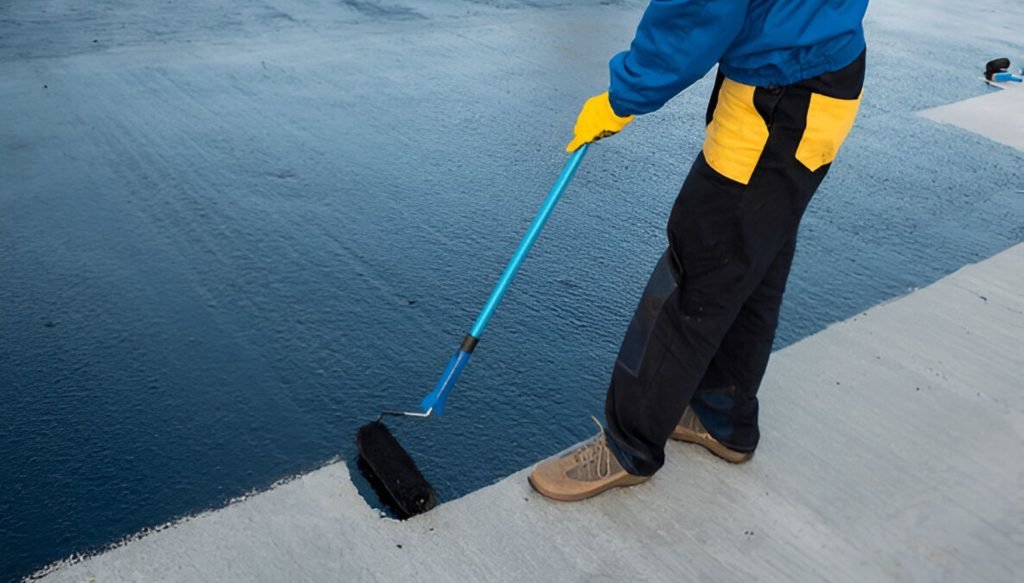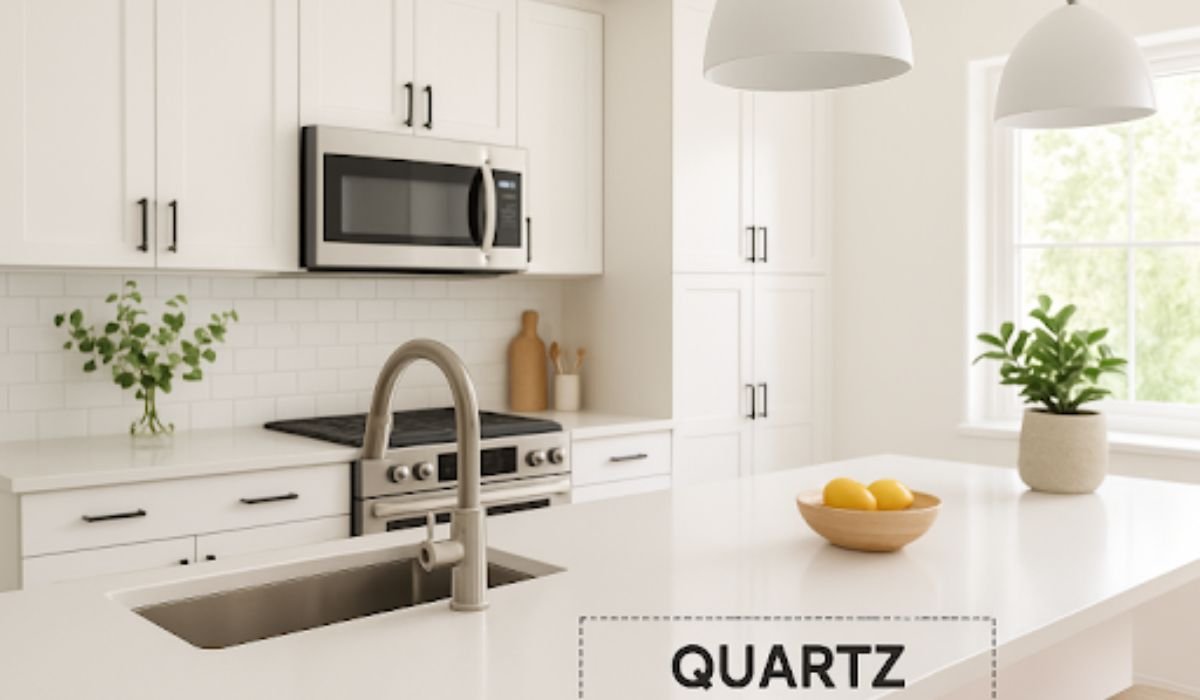I learned about buying used portable buildings the expensive way – by making pretty much every mistake possible on my first purchase. What looked like a great deal on a storage building turned into months of repairs and way more money than I’d planned to spend. Second hand portable buildings for sale can be fantastic investments if you know what to watch out for, but the used market is full of problems that sellers conveniently forget to mention. The thing is, these buildings can last decades when they’re well-built and maintained, but spotting the difference between a good deal and money pit requires knowing what actually matters.
Skipping the Foundation and Site Requirements
This was my biggest mistake. I bought a 12×20 storage building without thinking about where it was going to sit. Turns out, portable buildings need level, stable foundations even if they’re technically “portable.” You can’t just plop them on grass and expect them to stay square.
Most used portable buildings need to be moved, and moving costs can easily add $500-2000 to your purchase price depending on distance and access. I didn’t factor this in and ended up spending almost as much on delivery as the building itself.
Check local zoning requirements before you buy anything. Some areas have restrictions on portable building size, placement, or appearance. My neighbor had to get permits after the fact when the city noticed his new workshop, which cost him extra fees and delays.
Not Inspecting Structural Integrity Properly
When you’re looking at a used portable building, don’t just walk through it – really examine the structure. I missed obvious signs of problems because I was focused on the interior space rather than the bones of the building.
Look for sagging floors, doors that don’t close properly, or windows that stick. These are often signs that the building has shifted or the frame has warped. Portable buildings are only as good as their framing, and repairs to structural problems get expensive fast.
Check the floor joists from underneath if possible. Water damage, insect damage, or just age can weaken the floor system. I’ve seen portable buildings that looked fine from inside but had rotted floor joists that needed complete replacement.
Ignoring Electrical and Plumbing Issues
Electrical work in portable buildings is often done by amateurs, and the results can be dangerous. Look for proper electrical panels, GFCI outlets where required, and wiring that meets code. Rewiring a portable building can cost several thousand dollars.
If the building has plumbing, test everything. Run water, flush toilets, check for leaks under sinks. Plumbing problems in portable buildings are complicated because you might need to access pipes under the floor or behind walls that weren’t designed to be opened up easily.
Don’t assume that existing electrical or plumbing work is up to code just because it’s functioning. I bought a building with electrical work that looked professional but failed inspection when I tried to get a permit for my property.
Falling for Cosmetic Improvements Over Substance
Fresh paint and new flooring can hide a lot of problems. I got distracted by nice interior finishes and didn’t pay enough attention to the roof, siding, and foundation issues that mattered more.
Look for evidence of water damage, even if it’s been painted over. Water stains on ceilings, warped flooring near walls, or musty smells often indicate ongoing moisture problems that cosmetic fixes won’t solve.
Check the roof carefully, especially around any penetrations for vents, air conditioners, or chimneys. Roof leaks in portable buildings can cause extensive damage because the construction methods don’t always handle water intrusion well.
Not Understanding Moving and Setup Costs
Portable buildings aren’t as portable as the name suggests. Moving one requires special equipment, permits, and often utility disconnections and reconnections. These costs add up quickly and vary dramatically based on distance and complexity.
Find out exactly what’s included in the sale price. Some sellers include delivery within a certain radius, others charge extra for everything. Get written estimates for moving costs before you commit to buying.
Consider access to your property. Moving equipment needs room to maneuver, and some portable buildings require crane setup if there are overhead obstacles. I had to trim trees and temporarily remove a fence to get my building positioned.
Buying the Wrong Size or Configuration
Measure everything twice and think about how you’ll actually use the space. Portable buildings are harder to modify than stick-built structures, so what you buy is pretty much what you’re stuck with.
Think about door placement, window locations, and interior layout. I bought a building with doors on the wrong end for my site, which created access problems I’m still dealing with.
Consider future needs too. It’s usually cheaper to buy a larger building initially than to upgrade later, especially when you factor in moving costs and the difficulty of selling used portable buildings.
READ ALSO: Modern Design Ideas Using External Wall Facade Cladding










